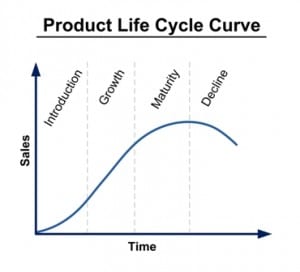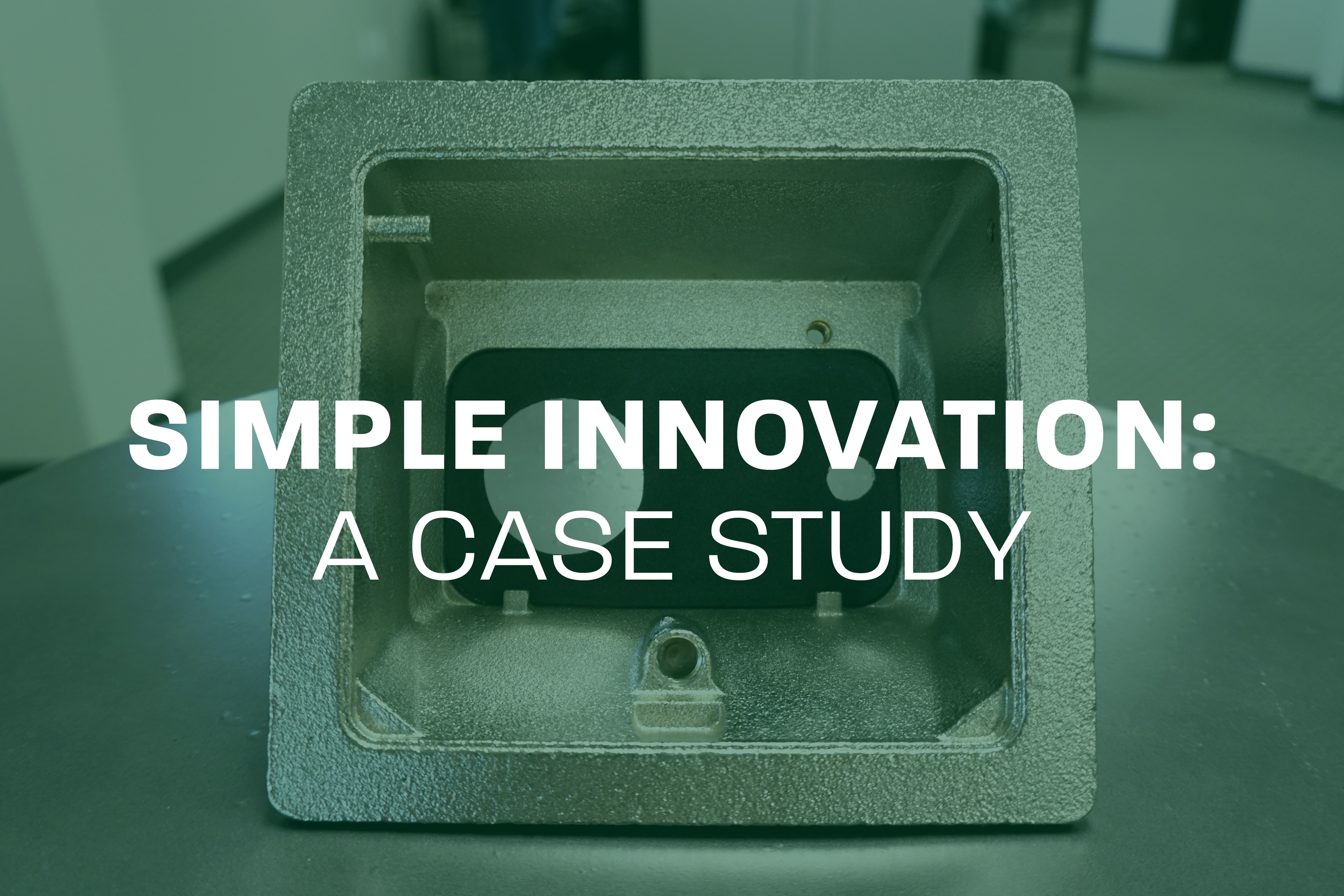But, what does innovative mean?
Wikipedia tells us that innovation is “the application of better solutions that meet new requirements, inarticulated needs or existing market needs.” It is more than just the novel idea or method itself, you have to create it and put it to use. In addition, innovation can be incremental or radical. While most companies prefer incremental vs radical innovation, it depends on a management’s culture and the adversity to risk. With incremental innovation, little ventured is little gained. On the other hand, radical innovation provides greater revenue and market share potential, but at a much higher level of uncertainty. A good balance is necessary to help keep moving a company forward.
Why is innovation necessary?
If you are not moving forward, you are moving backward. Continuous improvement methodologies such as quality and lean manufacturing are very important, but you cannot cost cut your way to greatness. At PRIER, our incremental innovation in almost every case has added cost, making the product better for our customers. If you are not meaningfully unique, you better be cheaper. It is necessary to grow your company with new products and markets, hence the term “innovative or die.” Many studies have shown that typically, about half a company’s revenues are generated by new products launched in the past 3-5 years. Additionally, profit margins are higher for new products. Once the competition heats up, the cost cutting begins.
All products follow a product life cycle. Companies require innovation to prevent the product from sinking into cost-cutting (profit-sucking) mode. Additionally, product lifecycles are getting shorter and shorter today than they were years ago. Therefore, the demand for innovation is ever increasing.

On the other hand, innovation is not easy. Yes, there is risk involved, but there are ways to mitigate the risk. Companies must institute a formal process for evaluating new ideas before investing too much time and money in their development. The three essential primary evaluations are the market, financial and technical feasibility. Identify the death threats and overcome them, or stop development. Furthermore, companies need a complete innovation management system. You have systems for everything else – quality, operations, safety, etc. Why not one for innovation?
Who is involved in innovation?
Why everyone, of course. As Benjamin Franklin once said, “If we do not all hang together, we will all hang separately.” It is essential that companies create a culture of innovation. This means, allowing time for innovation and accepting that some (probably most) new ideas are not going to be successful.
New ideas can come from anyone in the organization. Many ideas may come from sales and marketing, due to the fact they communicate regularly with customers, while other ideas may come from production, also known as the people manufacturing the product, purchasing, engineering, etc. Once an idea is hatched, it takes a cross-functional team to bring it to fruition. The best ideas do not necessarily come from listening to the voice of the customer. It is the ability to understand customer problems while providing solutions. If Henry Ford had asked people what they wanted, they would have said faster horses.
Some might say, “but Scott, I am not creative.” To that, I say “baloney!” The best way to stifle creativity is to tell somebody that they are not creative. Everyone needs to know that they are creative, and we all bring our individual thinking style to the table. It is the diversity of ideas that exponentially improves the uniqueness of the innovation. Society tends to label right brained people as the creative folks and left brainers as analytical sticks in the mud. Approximately 70% of people are predominantly left-brained, and studies have shown that innovation teams with both types produce the best results.
Many different methods and tools are available to stimulate unique ideas depending on the types of the individuals involved. And the good news for some of us is that creativity does not have to decline with age. Your brain is like a muscle – keep feeding it and using it.
Now get out there and innovate!
For more PRIER news, follow us on Facebook, Twitter, LinkedIn, YouTube and Pinterest!


